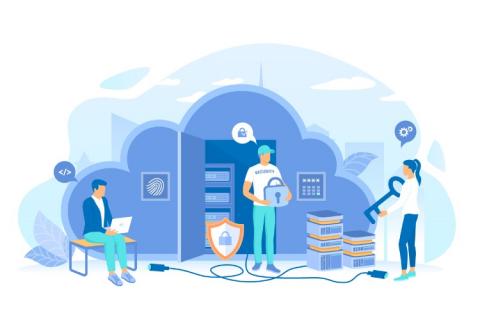Understand the emerging digital employee experience market (DEX)
The Digital Employee Experience (DEX) is a term that's been gaining momentum in recent years. Simply put, DEX refers to the employee's experience of technology at work. This includes everything from the devices and applications they use to the network connectivity and support they receive. The Digital Employee Experience (DEX) is "a holistic approach to designing and managing the technology environment in which employees work." It includes a variety of components, such as digital workspaces, collaboration tools, and workflow systems. DEX is all about creating an environment that is engaging, productive, and conducive to a positive employee experience.










